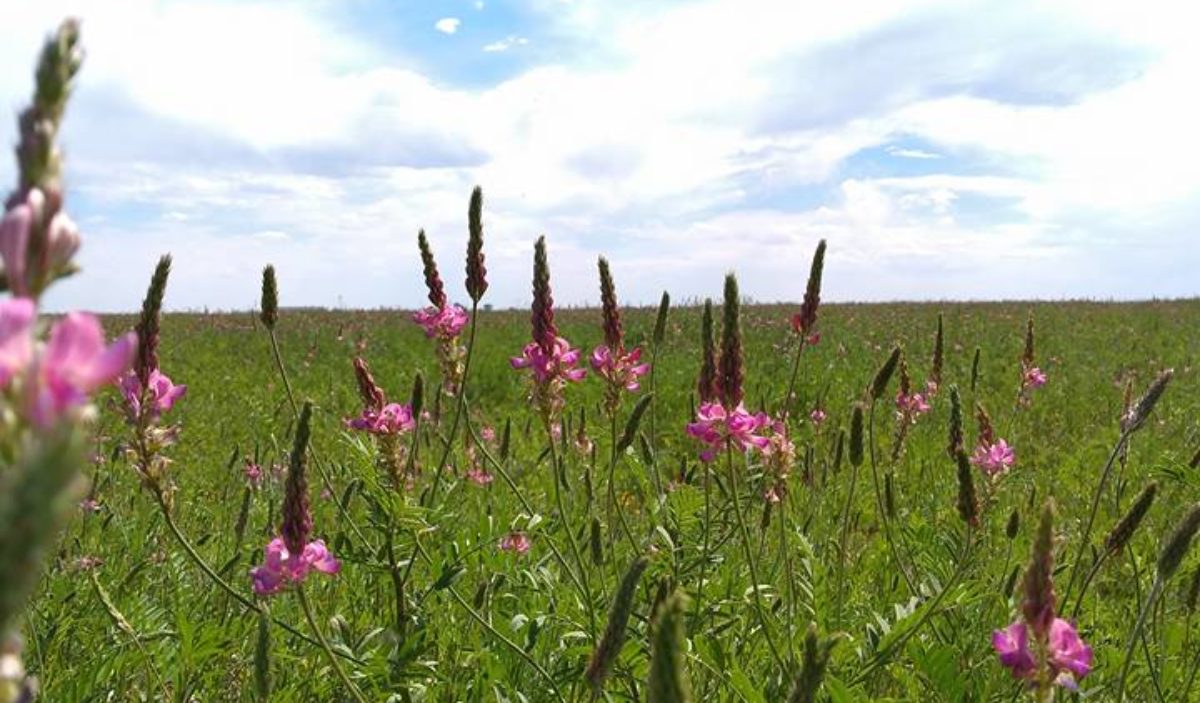I had little hope for any tree survival this year. Ground squirrels had pretty much killed my oldest apple tree last year. I planted daffodils around it and hoped. This spring the ground squirrels are around my oldest plum tree. It apparently didn’t have enough daffodils or we are breeding super squirrels. Either way, I was worried.
The wind is also up around here and by up I mean I’ve been concerned about the house breaking up several times already. I’ve begun thinking to myself, why do we live here? We should move. Yet, here we remain.
The specialty trees were in our fenced yard. I figured it was guaranteed to be bunny proof with our massive bunny chasing dogs in it. What I didn’t count on was a giant sized puppy deciding to go out and chew the top off of EVERY SINGLE TREE. Forget the bunnies, I need puppy protection.
So the specialty trees were dug up and moved to a fenced off portion and I simply hoped that not all of them were dead. I’m happy to report that more than half survived, including my biggest almond tree.
Almond tree
They look rough but leaves are shooting out of their perfect little trunks and I’m happy, happy, happy!
So we have a medlar, 3 plum and an almond tree that survived puppygedon.























































